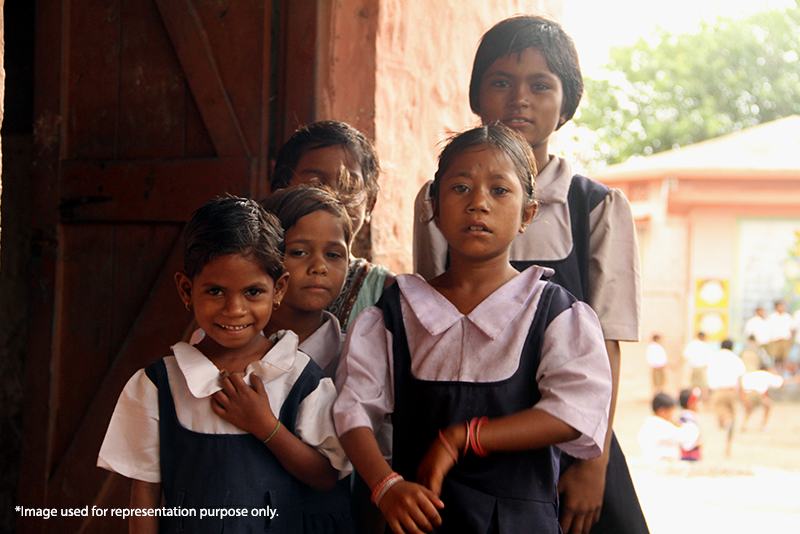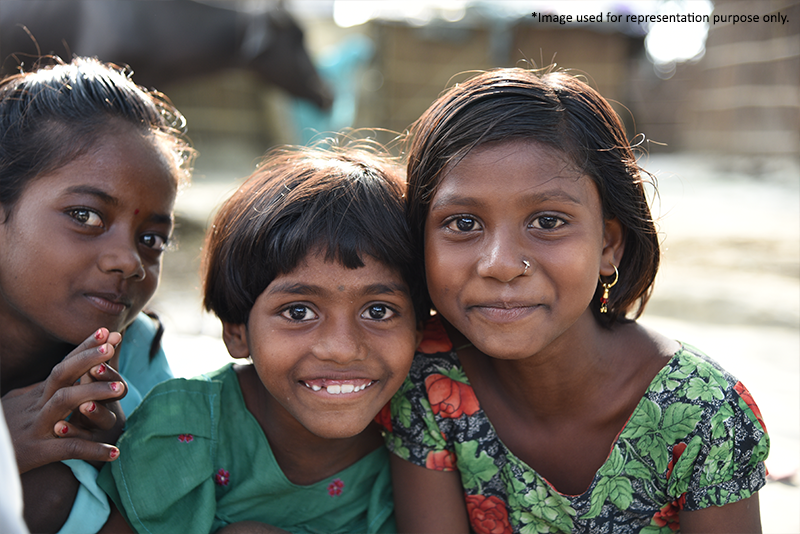
Empowering Girls: Strategies to Combat Child Marriage and Promote Education
1 out of every 3 child brides in the world live in India (UNICEF 2014) This means millions of girls are losing the chance to live healthier, m....
Read More
To evaluate the relationship between education and child marriage, we must rethink who we educate and what we teach. Education brings awareness, but is providing resources enough without educating families on their value? Child marriage isn’t a choice, but it’s an imposed reality.
Since sustainable change requires addressing its root causes, this article explores the reciprocal relation between child marriage and lack of education, the key strategies to combat them, and the challenges that remain.
Relationship between education and child marriage
Child marriage is a deep-rooted issue driven by poverty, gender norms, and societal pressures. While providing education for girls is crucial, sustainable change begins with educating families and communities as they are the key decision-makers in underserved households.
Relation between child labour and physical health
Many families see early marriage as a survival strategy, a way to reduce financial burdens, strengthen social ties, or protect family honour. Raising awareness and providing economic support can help shift these perceptions. Financial incentives for girls' education, vocational training for families, and strict legal enforcement can drive lasting change.
According to UNICEF’s 2022 report, completing secondary education could reduce child marriage by 66% globally. Keeping girls in school delays marriage and equips them with knowledge about early pregnancy risks and financial independence.
Empowering girls through education, advocacy, and skill-building programs ensures they can make informed life choices, breaking the cycle of child marriage and shaping safer childhoods.
Effective strategies of preventing child marriage through education
Ending child marriage requires girls and their families to envision a brighter future. Education, the most effective tool in delaying marriage, plays a crucial role. Here are the key strategies to combat child marriage through education:
While primary education is widely accessible, secondary and higher education remains a challenge in underserved areas. Quality education especially at secondary level, equips girls with knowledge, skills, and job opportunities. Mass awareness campaigns and targeted interventions must ensure access to secondary schooling.
Teaching girls literacy, numeracy, communication, health, problem-solving, and financial skills boosts confidence and independence. Connecting them with mentors and collective groups to sensitise on education and child marriage helps reduce social and economic isolation.
Families, and community leaders influence marriage decisions typically in the underserved regions. Educating them through meetings, home visits, and public outreach on gender equity and child marriage’s impact on a girl’s and nation’s health can shift attitudes and challenge traditions.
Financial constraints often drive child marriage. Scholarship programs, educational loans, government education programs, and employment opportunities for girls and families can ease financial burdens and increase the perceived value of education.
Challenges to eradicate child marriage
The effectiveness of child marriage solutions is largely impeded by inconsistent enforcement, especially in rural areas, where limited resources and community resistance obstruct progress. While strategies like targeted interventions and quality education can help, they have limited impact on early marriages based on mutual family agreements. These practices can only be addressed through a shift in community attitudes, achieved by continuous awareness sessions that challenge traditional gender norms.
CRY UK’s role in combatting child marriage through education
CRY UK works to break the cycle of child marriage by empowering communities and families through education and awareness. Their initiatives include:
CRY UK preventing child marriage through targeted interventions
Learn how a 15-year-old brave girl, Kavi, with the support of CRY UK, overcame the pressures of early marriage and stayed determined to achieve her dream of becoming an IAS officer.
Read full story:
The Power of Education: How CRY UK’s Intervention Saved Kavi’s Dreams from Child Marriage
Conclusion
India has made significant strides in reducing child marriage, from 49% in 1993 to 22% in 2021 according to Harvard School of Public Health 2022 report. However, challenges remain, and CRY UK works to address the cultural, financial, and social factors that sustain this practice.
Support CRY UK to shape safer childhoods. Donate today and let’s end child marriage together.